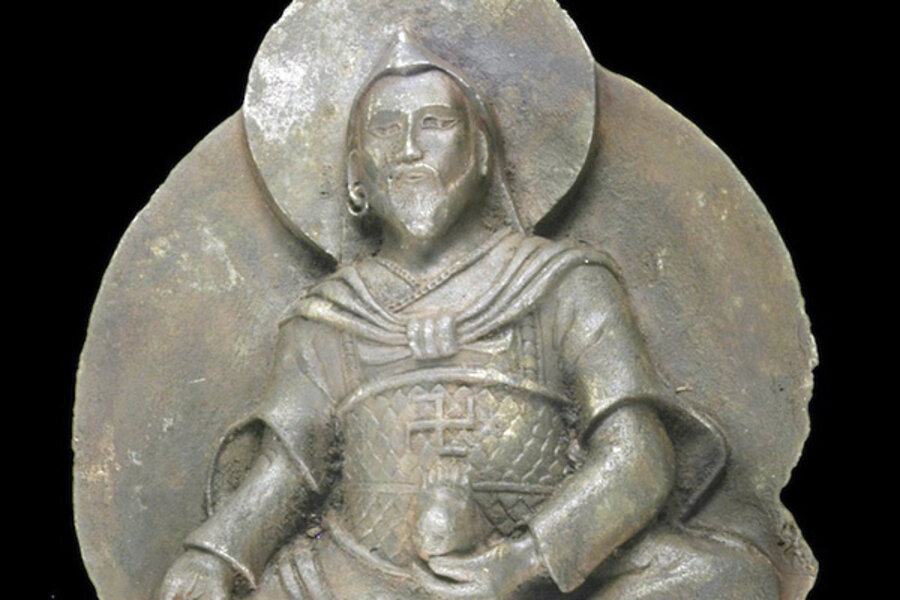Indiana Jones plot comes to life as Nazi Buddha revealed to be carved from meteorite
Loading...
| BERLIN
An ancient Buddhist statue that a Nazi expedition brought back from Tibet shortly before World War II was carved from a meteorite that crashed on Earth thousands of years ago.
What sounds like an Indiana Jones movie plot appears to have actually taken place, according to European researchers publishing in the journal Meteoritics and Planetary Science this month.
Elmar Buchner of the University of Stuttgart said Thursday the statue was brought to Germany by the Schaefer expedition. The Nazi-backed venture set out for Tibet in 1938 in part to trace the origins of the Aryan race — a cornerstone of the Nazis' racist ideology.
The existence of the 10.6-kilogram (23.4-pound) statue, known as "iron man," was only revealed in 2007 when its owner died and it came up for auction, Buchner told The Associated Press.
German and Austrian scientists were able to get permission from its new owner, who wasn't disclosed, to conduct a chemical analysis that shows the statue came from the Chinga meteorite, which crashed in the area of what is now the Russian and Mongolian border around 15,000 years ago.
The meteorite was officially discovered in 1913, but Buchner said the statue could be 1,000 years old and represent a Buddhist god called Vaisravana.
The Nazis were probably attracted to it by a left-facing swastika symbol on its front. The swastika has been used by various cultures throughout the ages, but the Nazis tried to appropriate it as the symbol of their ideology, going so far as to put a right-facing version of it on their red and white flag.
Scientists not involved in the study told the AP that the research linking the statue to the meteorite was credible.
"Looks like a solid piece of geochemical 'forensic' work," said Qing-Zhu Yin, a researcher in geology at the University of California, Davis. "No terrestrial artifact would generally contain that much nickel content. Chemical elements don't lie."
Rhian Jones, an associate professor at the University of New Mexico who specializes in meteorites, said the claim appeared conclusive.
"There is a clear and convincing argument that the meteorite the statue is made from is the Chinga iron meteorite," she said.
But Yin cast doubt on the claim that the statue represented a Buddhist deity.
"I am not a historian. But the 'iron man' does not look like a Buddha to me from my cultural background," he said. "It looks more like a warrior with a sword ... (a) resemblance of Genghis Khan. ... I have never seen aBuddha with a sword or knife."







